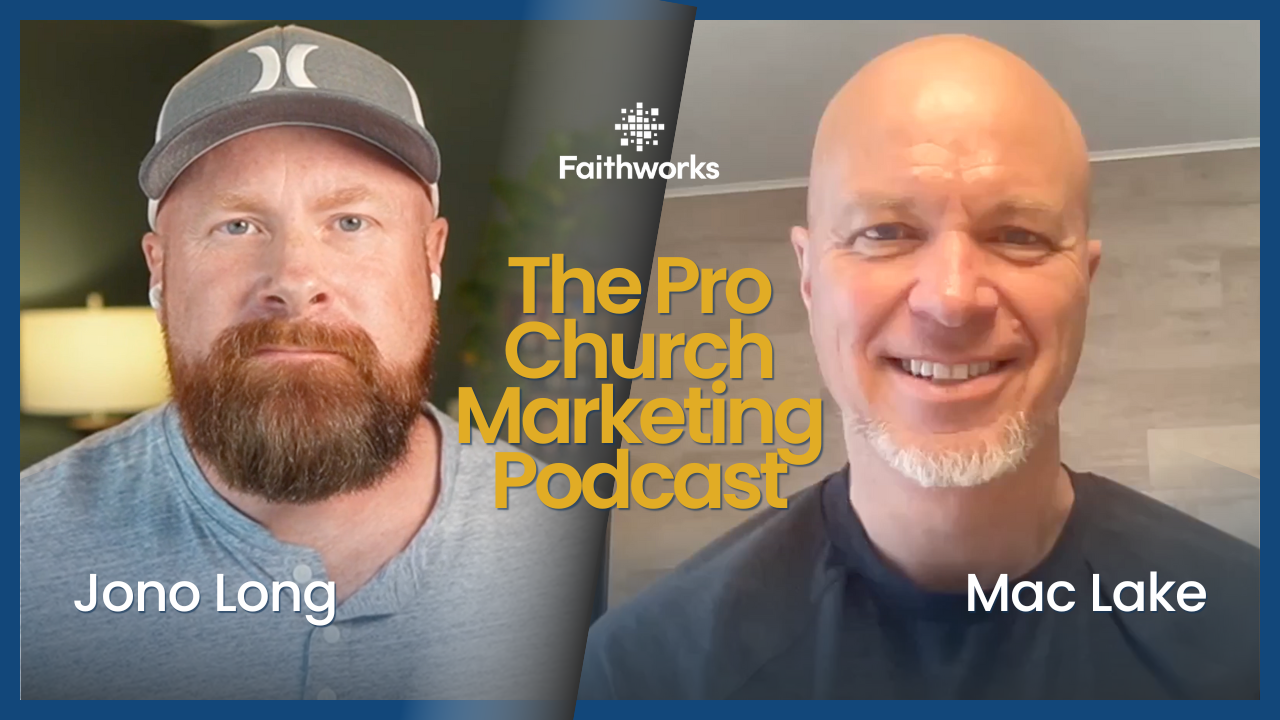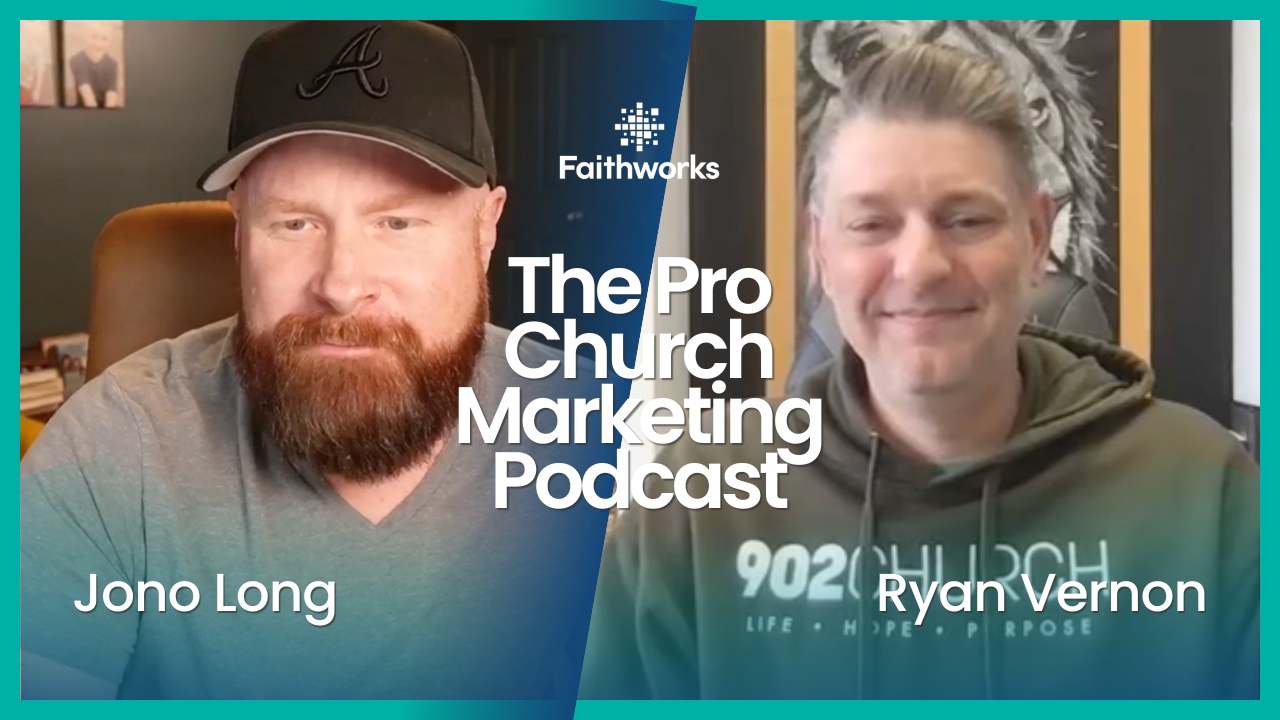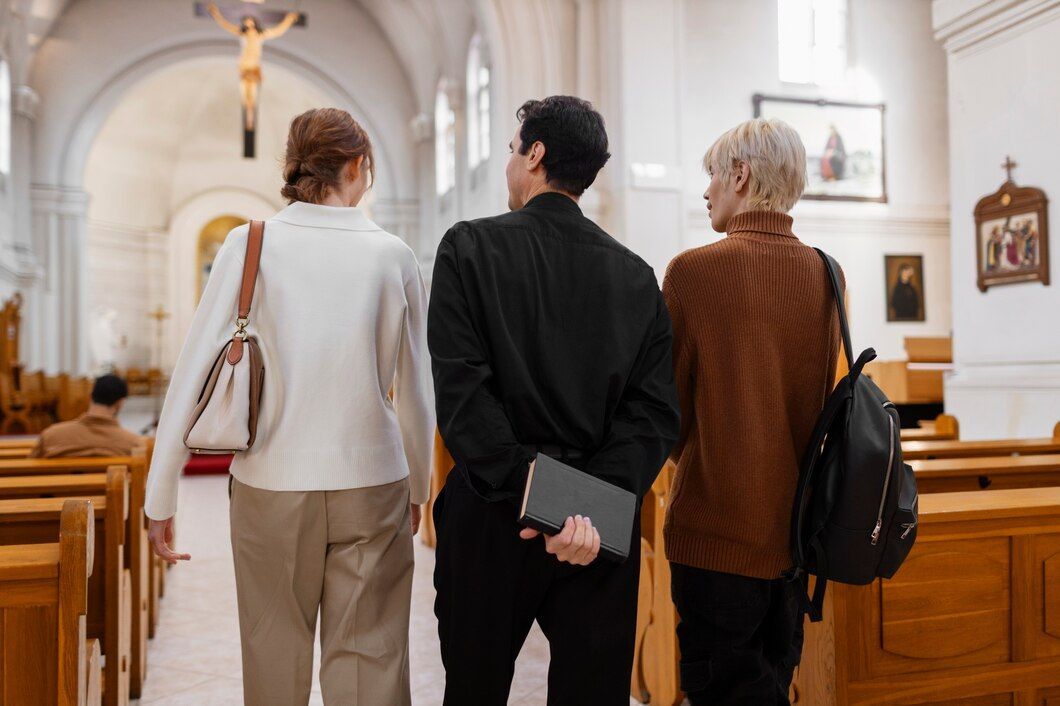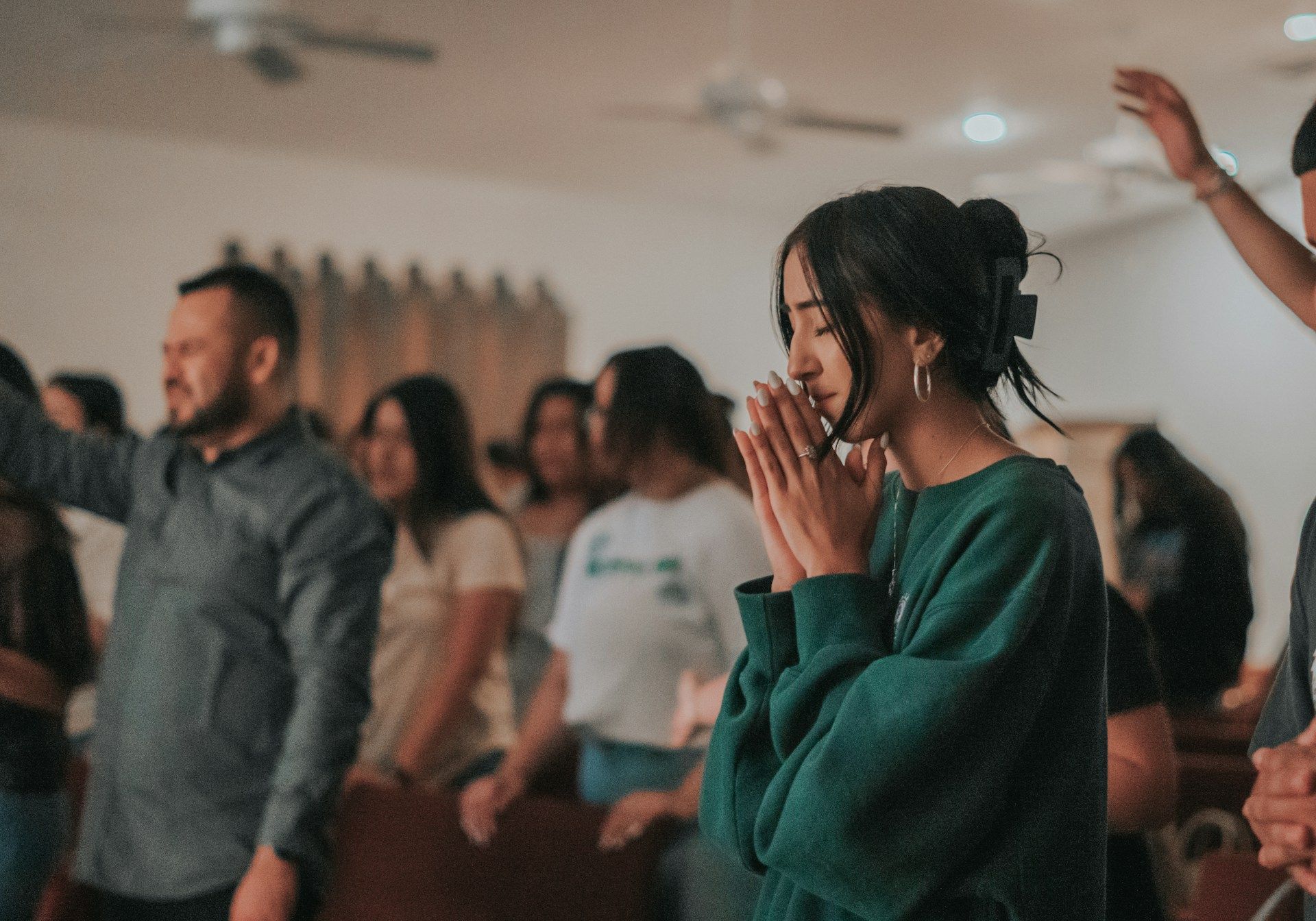Enhancing Accessibility: How to Make Your Church or Non-Profit Website Inclusive for All Users
Digital inclusivity is crucial for churches and non-profit organizations as they strive to create welcoming environments that cater to the diverse needs of their communities. At Faithworks Marketing in Monroe, GA, we recognize the importance of designing and maintaining accessible and inclusive websites that ensure no one is left behind when engaging with your online content.
In this blog content strategy, we will discuss essential tips and best practices to make your church or non-profit website accessible for users with various abilities and preferences. From optimizing website navigation and implementing alternative text to enhancing color contrast and accommodating different devices, we will guide you through creating an all-inclusive digital experience for your community.
By embracing accessibility best practices, your website can reach and resonate with a wider audience, ensuring your message and mission are accessible to everyone. Upholding the values of inclusivity and equal opportunity aligns with the core tenets of many non-profits and churches, reinforcing the importance of addressing accessibility in your digital presence.
With
Faithworks Marketing by your side, you can create a custom website that prioritizes accessibility and inclusivity, offering a seamless experience for every community member. Our expert team specializes in designing websites for non-profits and churches, enabling us to deliver tailored solutions that fulfill your organization's unique needs and goals. Together, we can build a digital presence that serves and connects with your diverse audience, fostering a strong, inclusive online and offline community.
1. Optimize Website Navigation
Clear and intuitive navigation is crucial in ensuring that all users can easily find what they are looking for on your website. Implementing best practices for website navigation can significantly enhance the user experience, particularly for individuals who rely on assistive technologies to browse the internet.
To optimize website navigation:
- Use descriptive menu labels: Implement clear and concise menu labels to accurately describe each section of your website, making it easier for users to locate the information they need.
- Enable keyboard navigation: Ensure that users can navigate your website using only a keyboard, catering to the needs of individuals who may have difficulty using a mouse or touchscreen device.
- Implement a logical tab order: Arrange your website elements in a logical and consistent order, enabling users to navigate from one section to another with ease.
By prioritizing intuitive navigation, you can create a more accessible website that accommodates the diverse needs of your community members.
2. Implement Alternative Text and Captions
Including compatible alternative text for images and multimedia content is key to ensuring that visually impaired users can meaningfully engage with your website's content.
To implement alternative text and captions:
- Provide descriptive alternative text: Add concise and informative alternative text to all images on your website, making the content more accessible for users relying on screen readers.
- Include captions for videos: Offer accurate captions for all videos on your website, enabling users who are deaf or hard of hearing to access the information presented in multimedia content.
- Utilize transcripts for audio content: Provide transcripts for your podcasts and audio recordings, catering to the needs of individuals who may have difficulty processing auditory information.
By incorporating alternative text and captions, you can enhance the accessibility of your multimedia content and ensure it remains inclusive and meaningful for all users.
3. Enhance Color Contrast and Readability
A visually appealing website with high contrast and readability is essential to cater to users with different vision needs, including elderly users, those with color blindness, or low vision.
To enhance color contrast and readability:
- Use high-contrast color schemes: Implement colors with appropriate contrast levels between background and text elements, assisting users with low vision in easily reading your content.
- Be mindful of font size and style: Choose easy-to-read fonts and font sizes, avoiding overly stylized or small text that may be challenging for some users to decipher.
- Test your website design: Utilize color contrast tools and accessibility checkers to ensure your website's design complies with accessibility best practices.
By focusing on color contrast and readability, you can create a visually accessible and appealing website that caters to the diverse visual needs of your community.
4. Accommodate Different Devices and Assistive Technologies
Considering the wide array of devices and assistive technologies that individuals may use to access your website, it's important to ensure your website design and functionality can accommodate these varying needs.
To accommodate different devices and assistive technologies:
- Implement responsive design: Create a responsive website design that adapts to different screen sizes and devices, enabling users with different device preferences to access your website seamlessly.
- Ensure compatibility with assistive technologies: Test your website with assistive technologies such as screen readers, screen magnifiers, and voice recognition software, identifying and fixing potential compatibility issues.
- Offer alternatives for interactions: Provide different methods for users to interact with your website, such as offering a call-to-action button in addition to a text link for important actions.
By accommodating various devices and assistive technologies, you can ensure every community member can access and engage with your website, irrespective of their device preferences or abilities.
Conclusion
Promoting inclusivity is often at the core of your mission as a church or non-profit organization. By embracing accessibility best practices in your website design and content, you can create a welcoming digital presence that caters to the diverse needs of your community members. By optimizing website navigation, implementing alternative text and captions, enhancing color contrast and readability, and accommodating different devices and assistive technologies, you can transform your website into an all-inclusive resource for your community.
Faithworks Marketing in Monroe, GA, specializes in building
custom websites for churches and non-profit organizations, focusing on creating accessible and inclusive digital experiences. Our expert team is dedicated to delivering tailored website solutions that address your organization's unique needs and values. Let's work together to create a digital presence that connects and resonates with every member of your diverse community, fostering a strong, inclusive online environment for all.
Latest Posts












